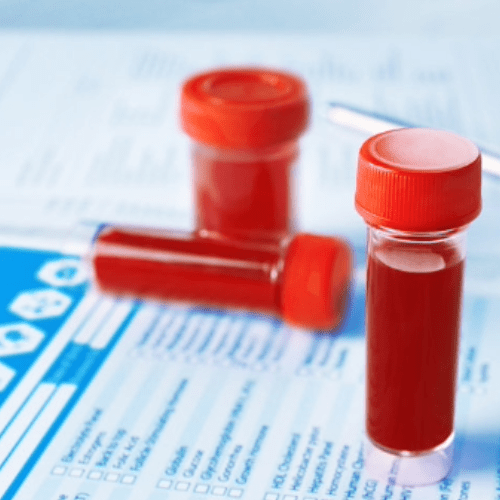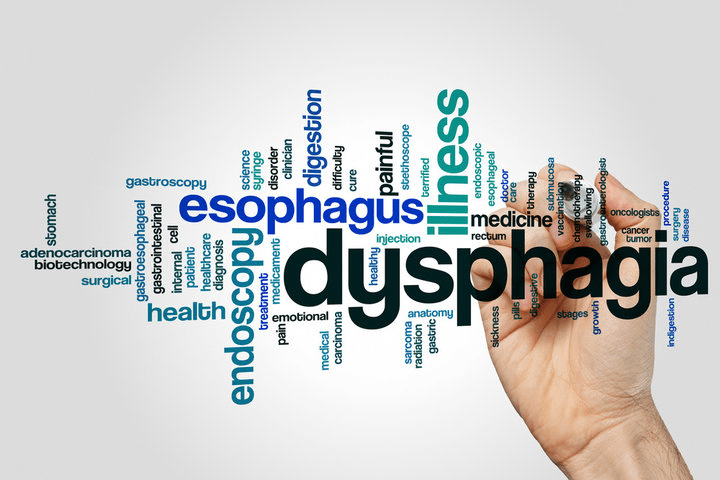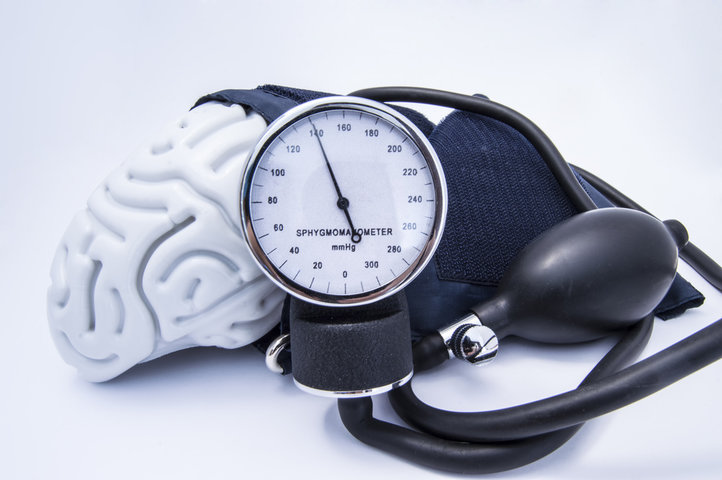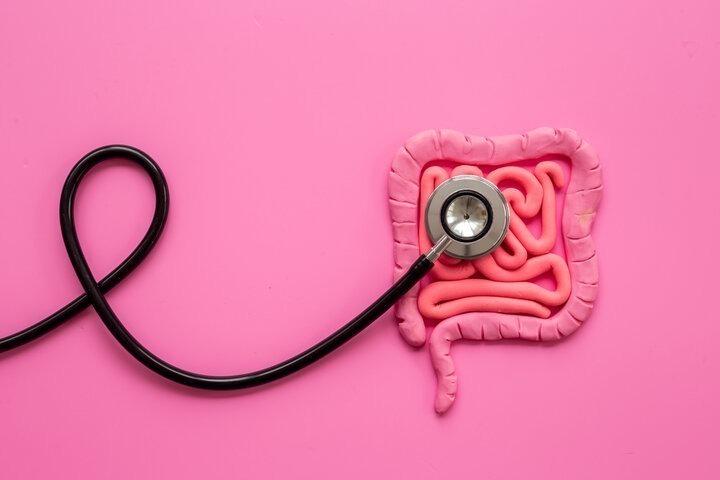Bone marrow

- Blood cell production
- 2types of bone marrow; yellow (adipose, 지방) & red (hematopoietic, 조혈)
- Red marrow; flat, irregular bones (end of long bone, pelvic bone, vertebrae)
- Hematopoietic stem cell 조혈모세포; produce blood cells (RBC, WBC, platelets)
- Responds to increased demands via a negative feedback system
Blood
3가지 기능
- Transportation : oxygen, nutrients, hormone, metabolic waste products
- Regulation : fluid & electrolyte balance, acid-base balance
- Protection : maintaining homeostasis of blood coagulation, combating invasion of pathogens
혈장 & 혈구의 성분

Plasma
- 55% of blood
- Composed of water, proteins, electrolytes, gases, nutrients, waste
- Serum 혈청; plasma – clotting factors
Blood cells
- 45% of blood
- 3 types of cells; RBC, WBC, platelet
Erythrocyte (RBC)
- Function : transport of gases (O2 & CO2) & assistance in maintaining acid-base balance
- Flexibility, Biconcave shape
- Composed of large molecule : Hb (protein-iron compound; heme + globin); binds to O2 & CO2 Normal life span; 120 days
2 components; Blood cells (cont’d)
Erythropoiesis; process of RBC production
- Stimulated by hypoxia & controlled by erythropoietin (glycoprotein growth factor; stimulate BM to ↑ RBC production)
- Affected by endocrine H (thyroxin)
- Nutrients; protein, iron, folate 엽산 (folic acid), cobalamin (vit B12), riboflavin (vit B2), pyridoxine (vit B6)
- Reticulocyte 망상적혈구; immature RBC
- Reticulocyte count; measures rate at which new RBC appear in circulation (within 48hrs)

Hemolysis
- Destruction of RBC
- Occurs in bone marrow, liver, spleen -> liver (conjugate & excrete bilirubin)
Leukocyte
- Originate from stem cells within bone marrow
- Types
- Granulocyte 과립구 (polymorphonuclear leukocytes); neutrophils 호중구, basophils 호염구, eosinophils 호산구
- Agranulocyte (mononuclear cells) : lymphocyte 림프구, monocyte 단핵구
Leukocyte : Granulocyte
Neutrophil 호중구
- the most common type; 50-70% of WBC
- Phagocytosis, esp during the early phase of inflammation
- Stimulated by hematopoietic growth factor; granulocyte colony stimulating factor (G-CSF) & granulocyte-macrophage colony-stimulating factor (GM-CSF)
- Mature neutrophil (segmented neutrophil, seg) vs. immature neutrophil (band)
- Indicator of infection & tissue injury
Eosinophil 호산구
- 2-4% of WBC
- Reduced ability of phagocytosis
- Engulf Ag-Ab complexes from allergic response
- Protect from parasitic infection
Basophils 호염구
- Less than 2 % of WBC
- Inflammatory response allergic response; release of bradykanin, heparin, histamine, serotonin
- Limited phagocytosis
Lymphocytes 림프구
- 20-40% of WBC
- Immune response
- Subtypes; B cell & T cell
Monocytes 단핵구
- 4-8% of WBC
- Phagocytosis Macrophage; differentiated from monocytes
Normal Iron Metabolism

- From food, dietary supplements
- Present in all RBC as heme in Hb & in a stored form
- 2/3 of iron; Hb & 1/3; stored as ferritin & hemosiderin (degraded form of ferritin) in bone marrow, spleen, liver, macrophages
- Transferrin
- Synthesized in liver
- Serves as a carrier protein for iron
- Iron is recycled after macrophages in liver & spleen phagocytizes
Normal Clotting Mechanisms
Hemostasis; blood clotting process

Vascular response
- With injury, immediate local vaso-constrictive response occurs -> enhances vessel wall stickiness -> clotting factors to be activated (triggered by endothelial injury & release of tissue factors)
Plt plug formation
- Platelet activated; exposed to interstitial collagen from injured blood vessel -> stick together -> release substances to facilitate coagulation
- Von Willebrand’s factor (vWF); forms adhesive bridge between plt & vascular sub-endothelial structures
Development of fibrin clot on plt plug
- Forms visible fibrin clot
- Plasma proteins to be activated; intrinsic or extrinsic pathways
- Intrinsic pathway; activated by collagen exposure from endothelial injury when vessel is damaged
- Extrinsic pathway; tissue factor is released extravascularly from injured tissues
Lysis of clot
- To keep blood in its fluid state
- Anticoagulation
- anti-thrombin activity & fibrinolysis
- Anticoagulants
- heparin, protein C, S
- Fibrinolysis
- dissolution of fibrin clot
- Initiated when plasminogen is activated to plasmin
- With excessive fibrinolysis -> bleeding tendency
Spleen
In LUQ of abdomen
Functions
Hematopoietic
- produce RBC during fetal development
Filtration
- remove old, defective RBC
- reuse iron
- Filtering circulating bacteria (gram neg cocci)
Immunologic 면역
- supply of lymphocyte, monocyte
Storage
- storage site for RBC & platelet
Lymph System
- Lymph fluid, lymphatic capillaries, ducts, lymph nodes
- Carries fluid from interstitial spaces to blood; important in preventing development of edema
- Lymph fluid; pale, yellow interstitial fluid
- Lymphatic capillaries; do not have valve
- Lymph node
- oval, bean shaped
- Found in groups along lymph vessels at various sites; abdomen surrounding GI tract
- Deep vs. superficial
- Filtration of pathogens & foreign particles that are carried by lymph to nodes
Liver
- Function as a filter
- Produces all pro-coagulants that are essential to blood coagulation
- Stores iron
- Hepcidin
- key regulator for iron balance
- Produced by liver
- Stimulated by iron overload or inflammation ↓Release of stored iron from intestine



